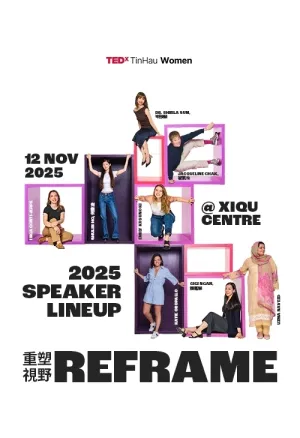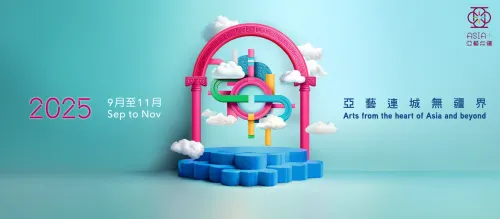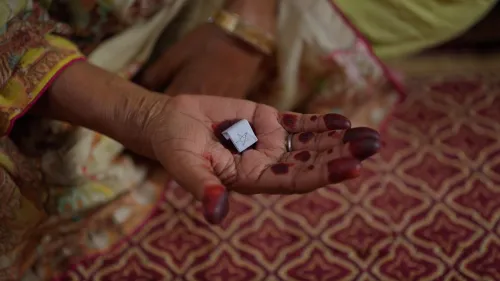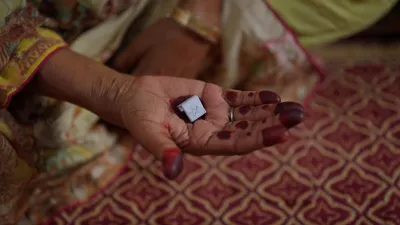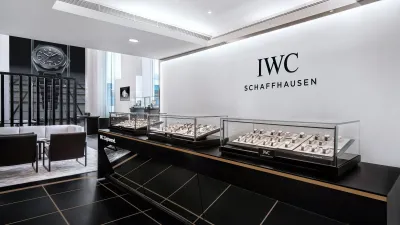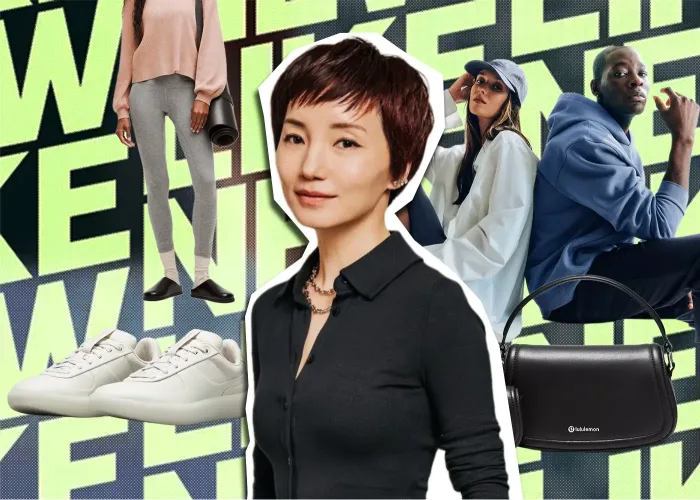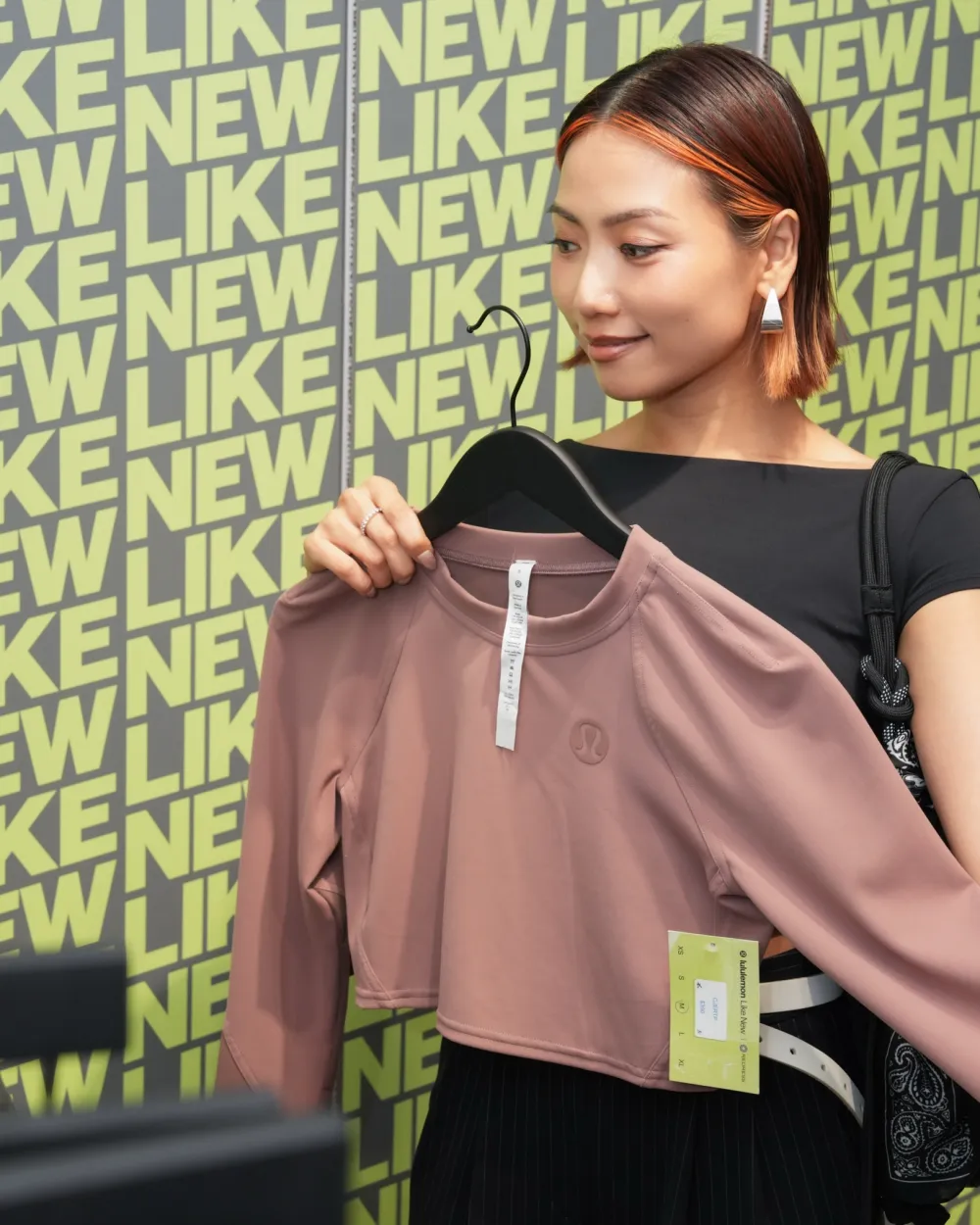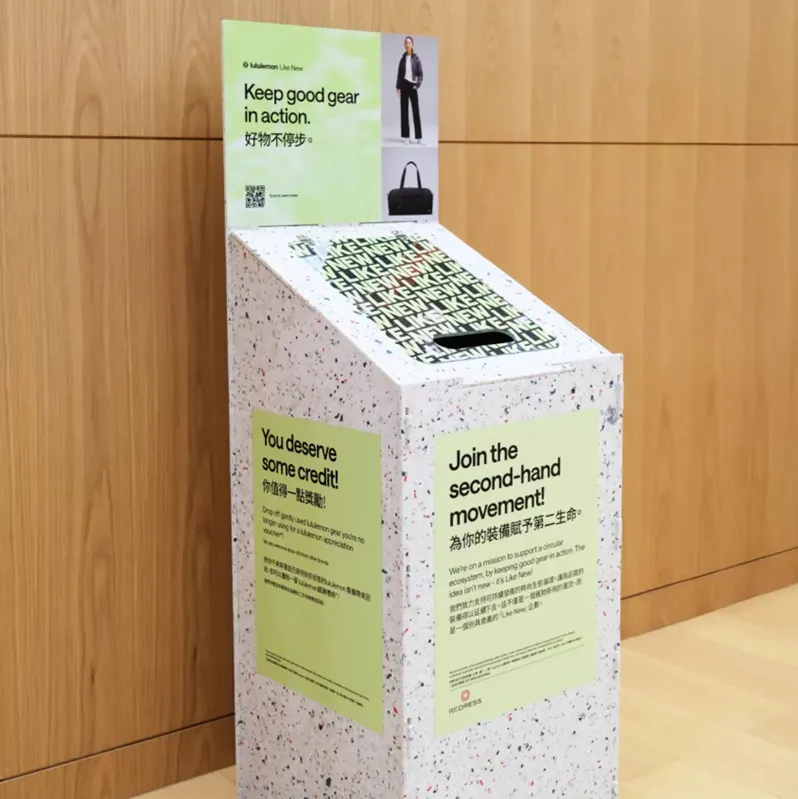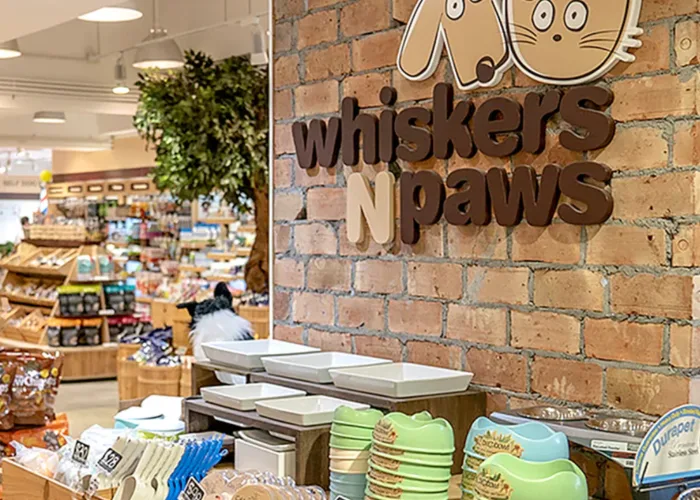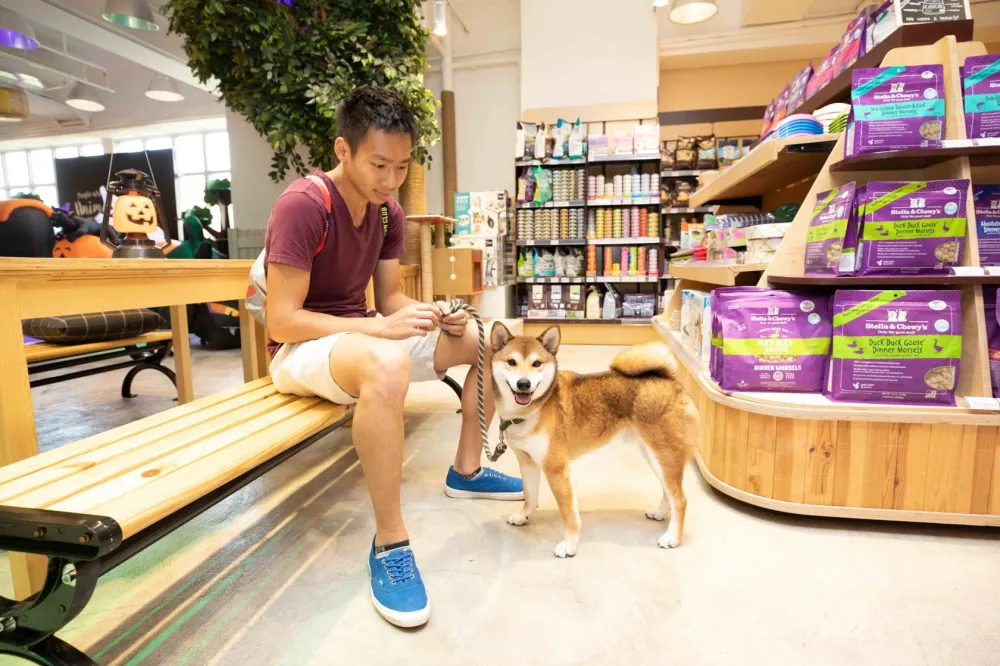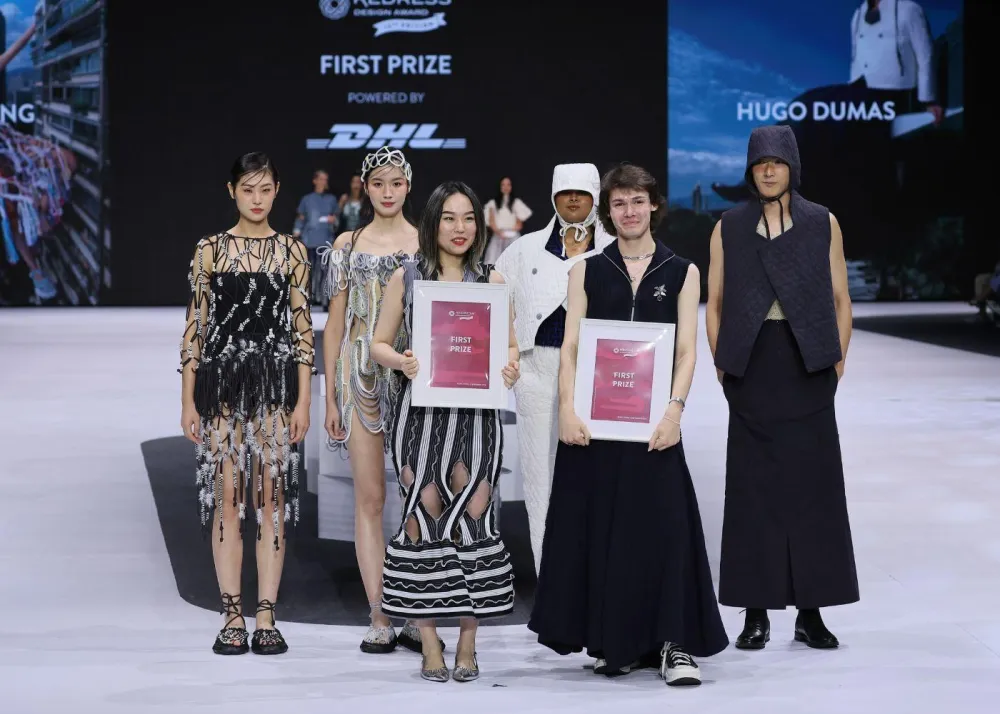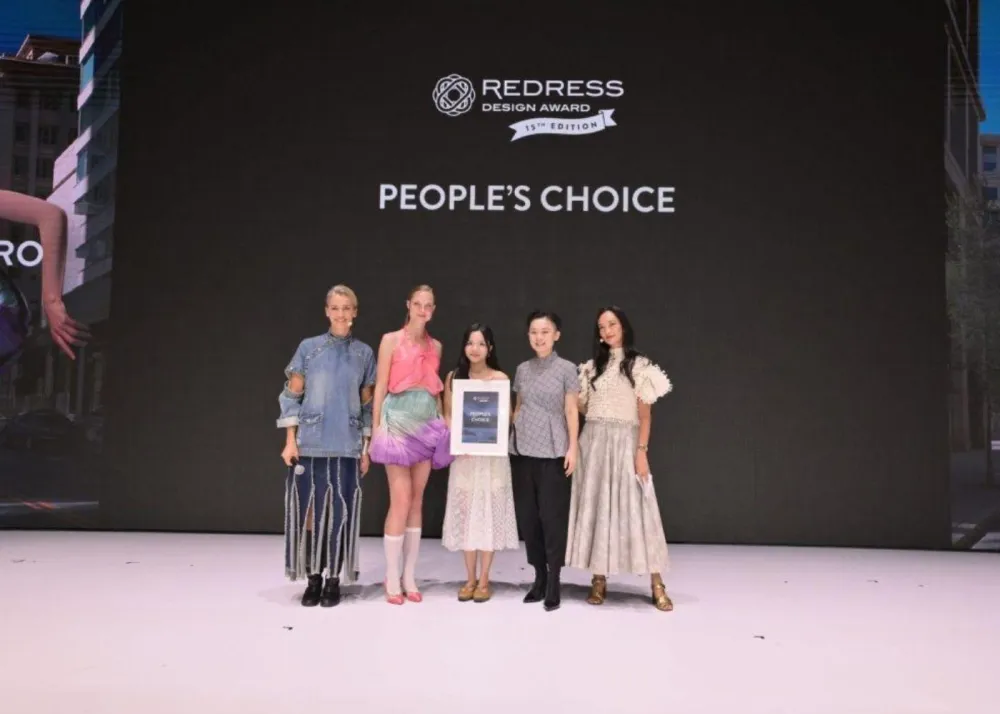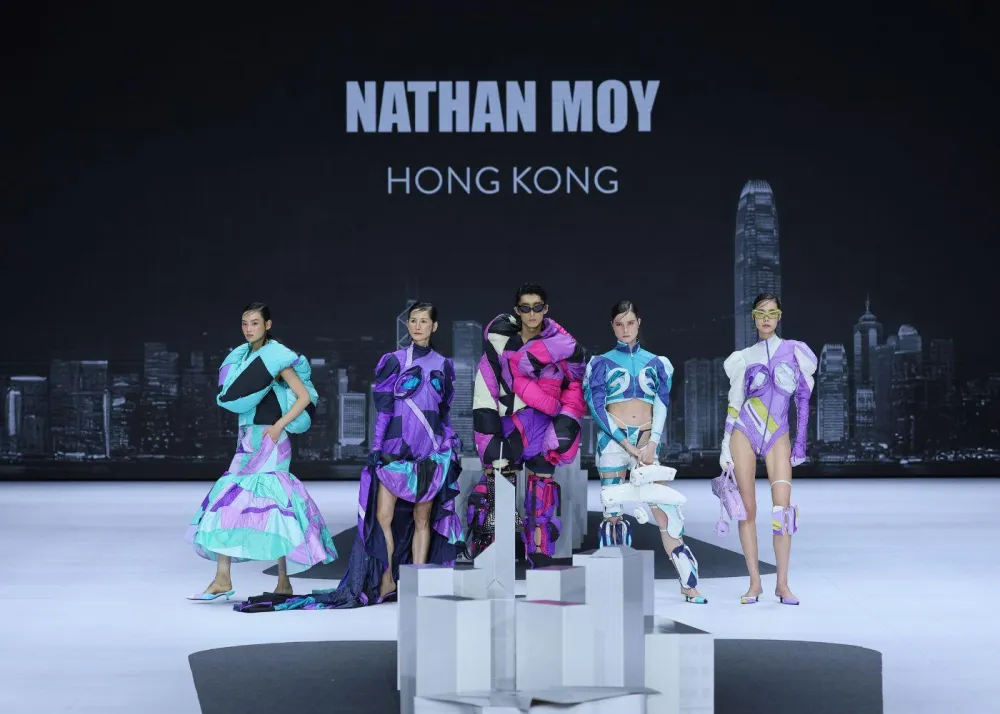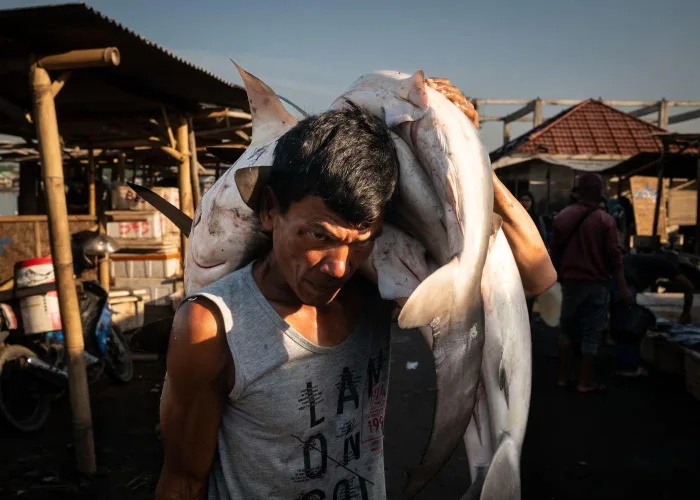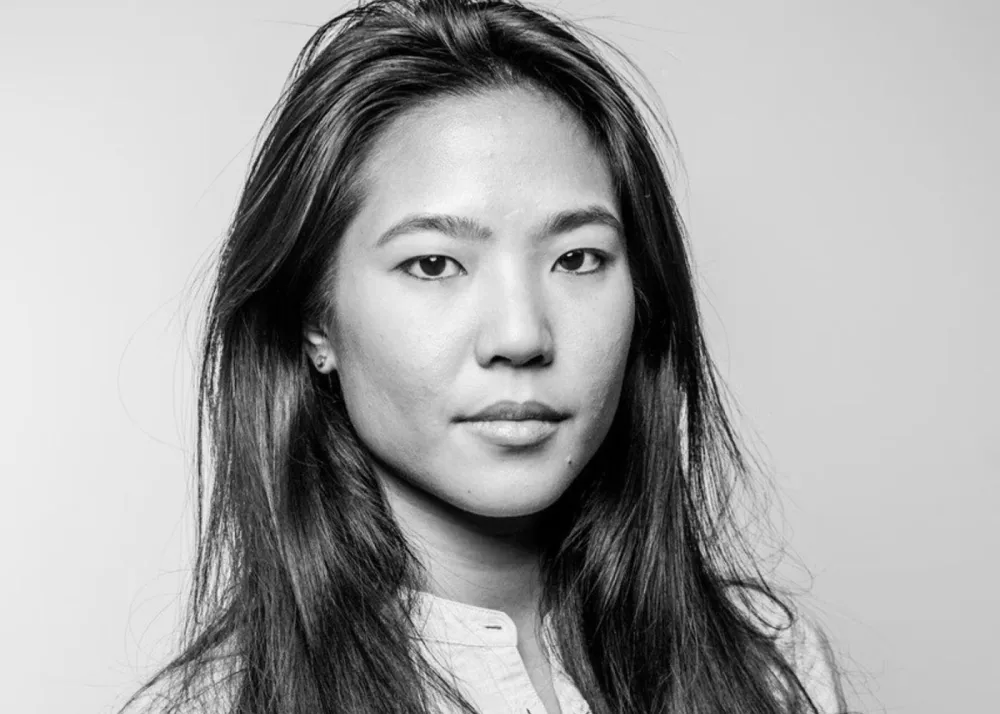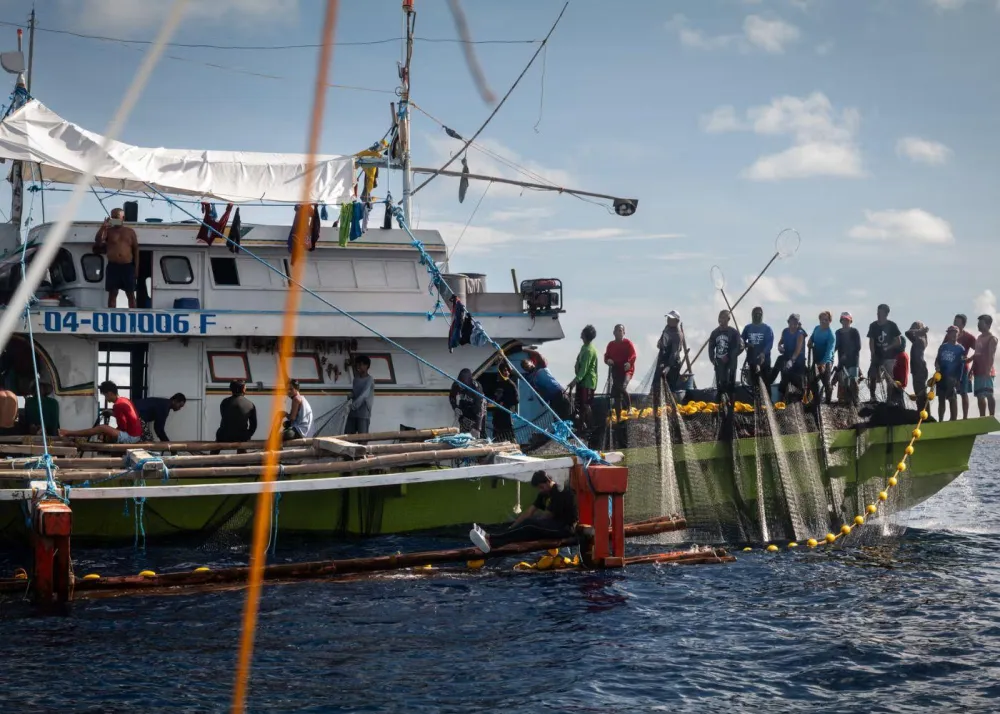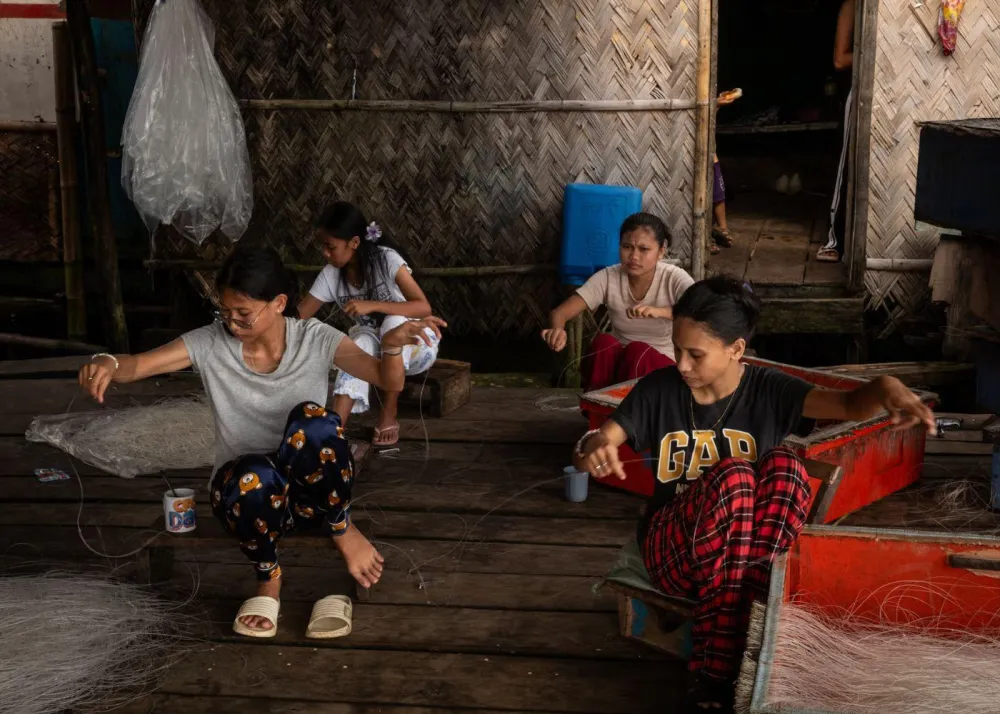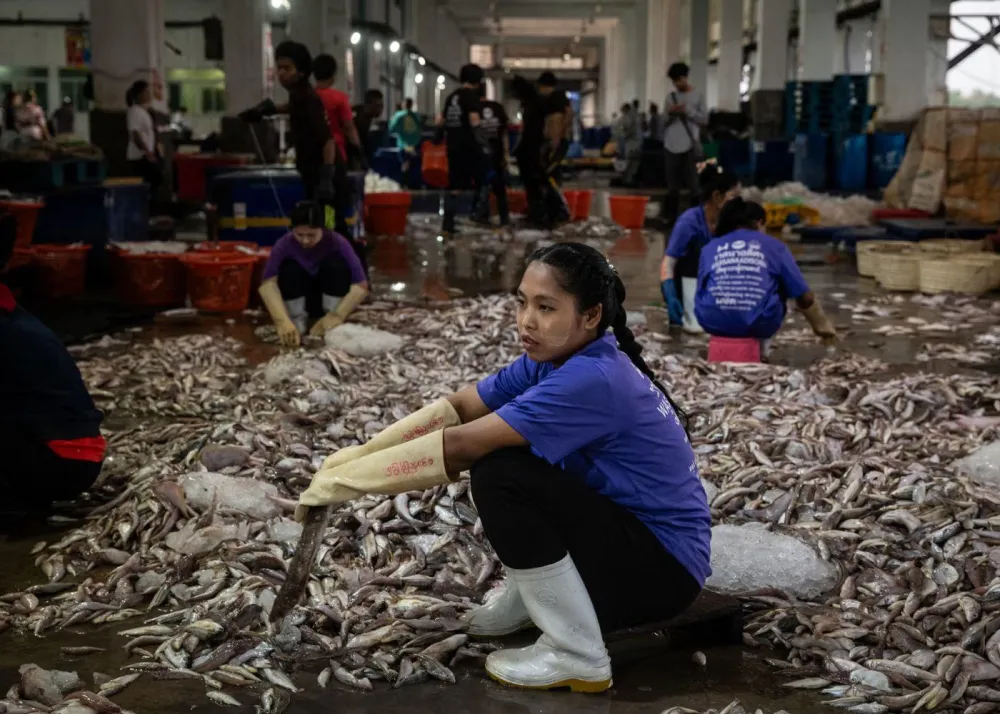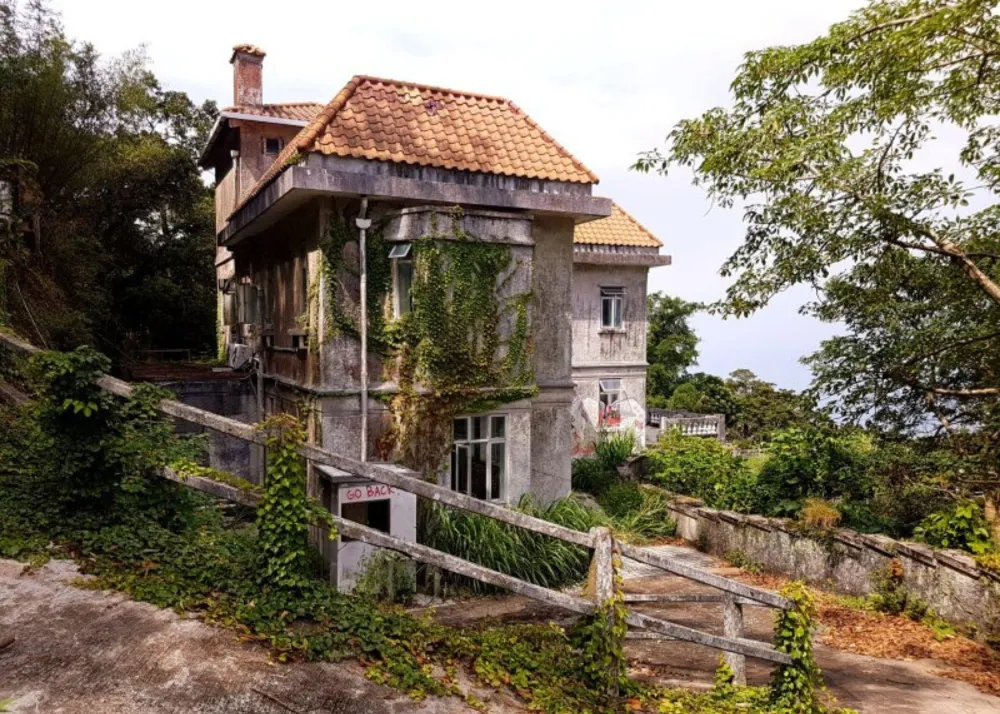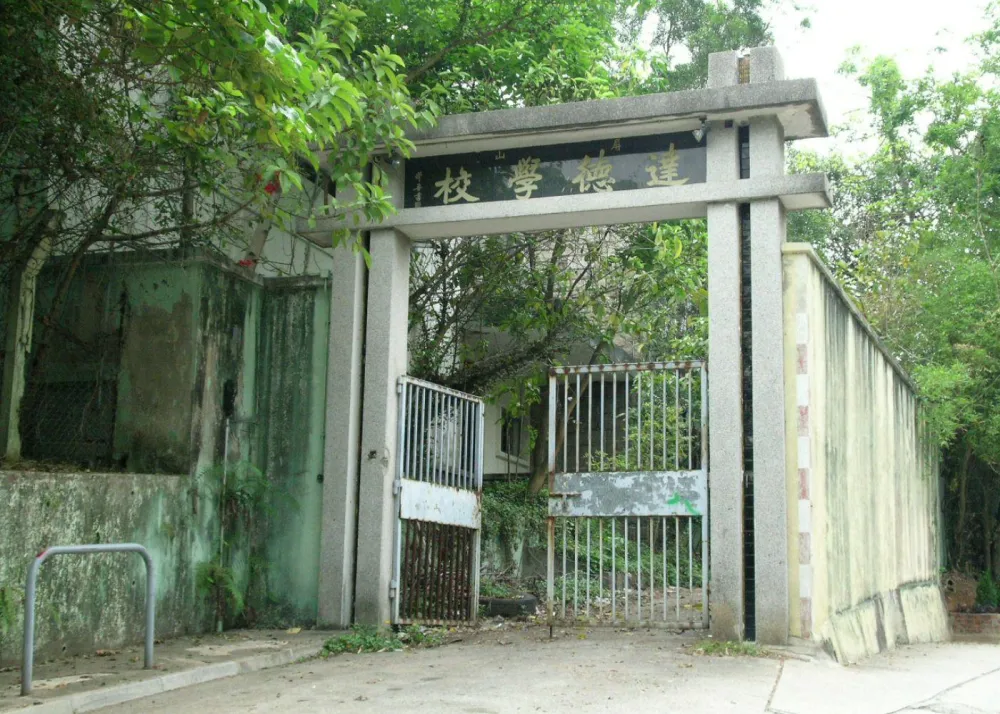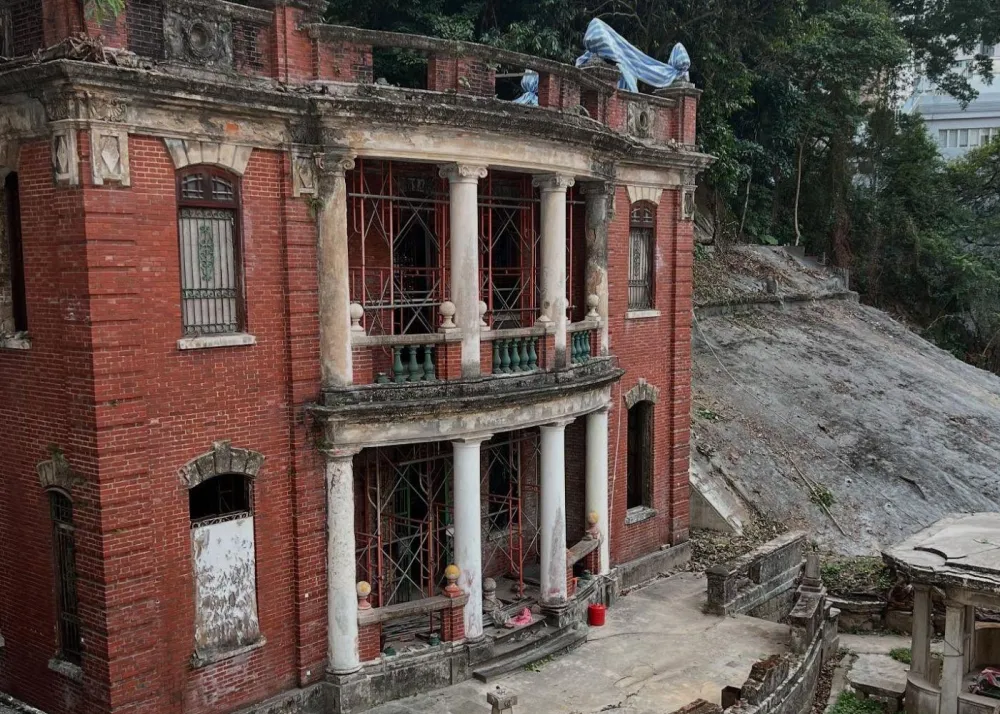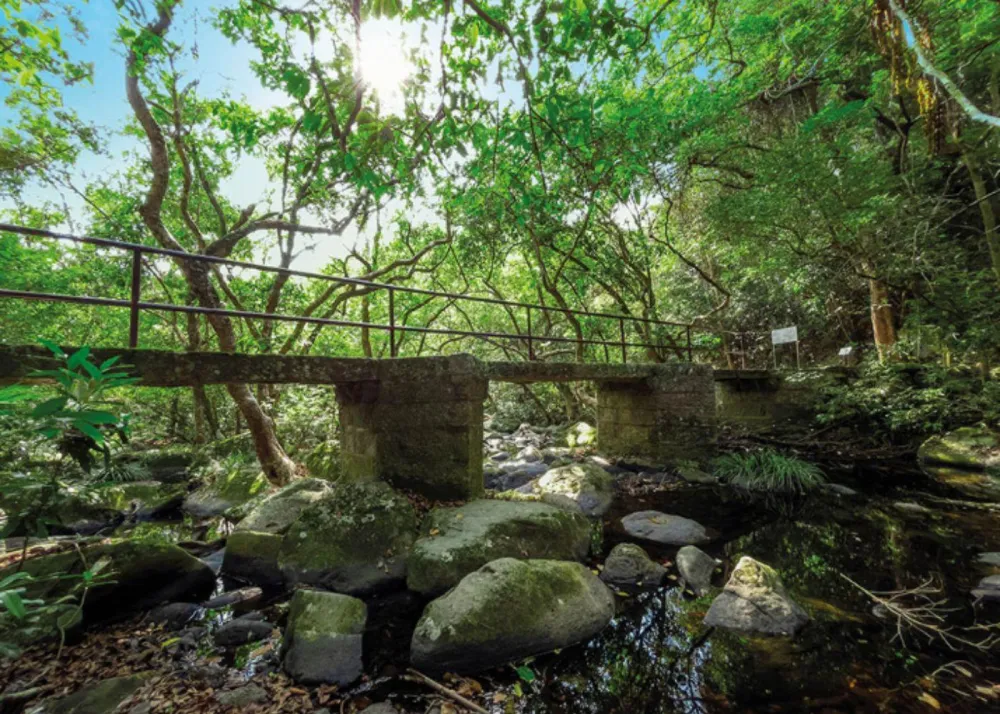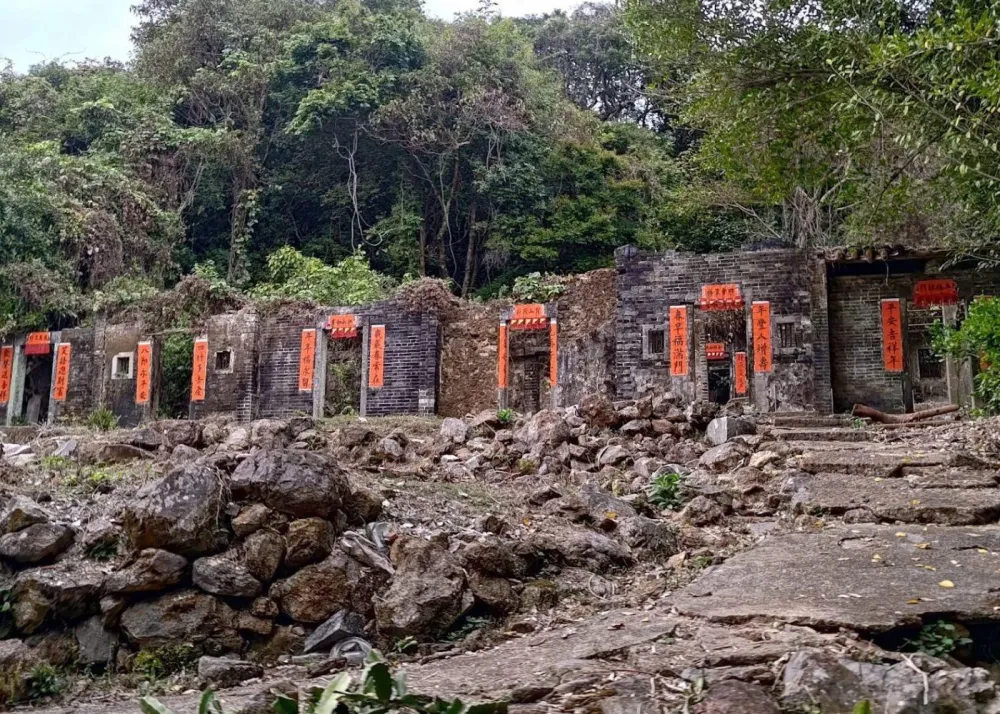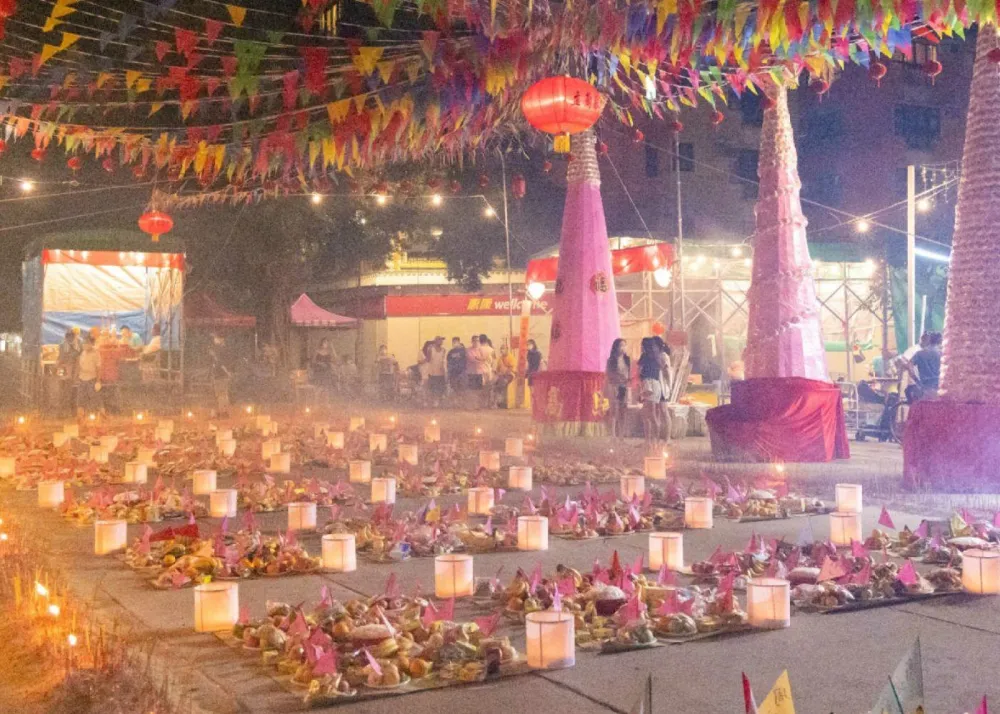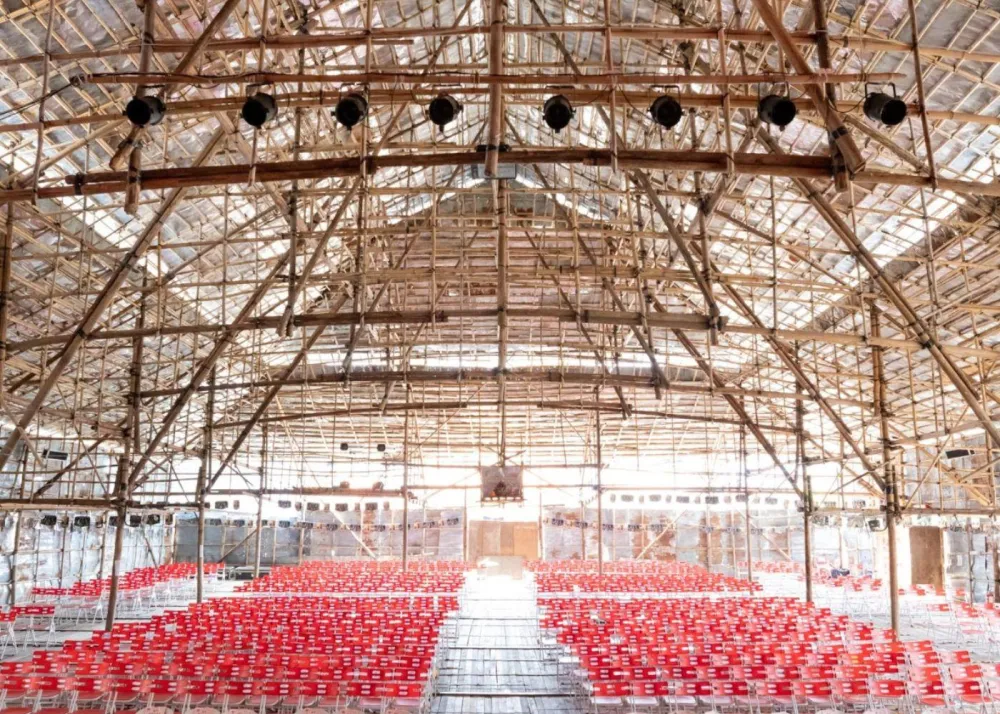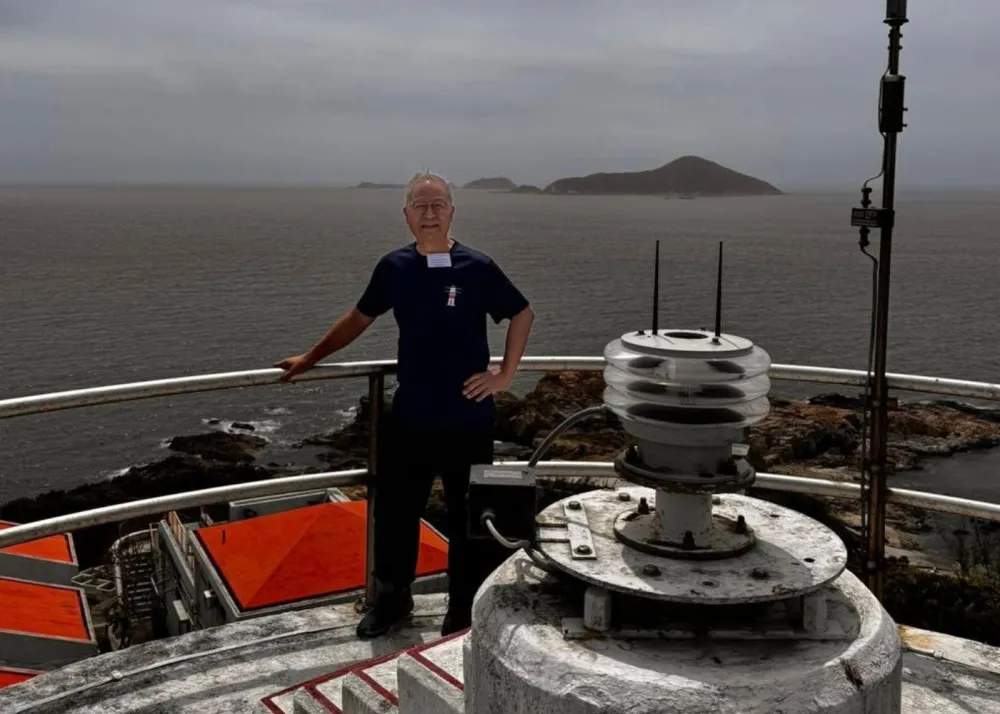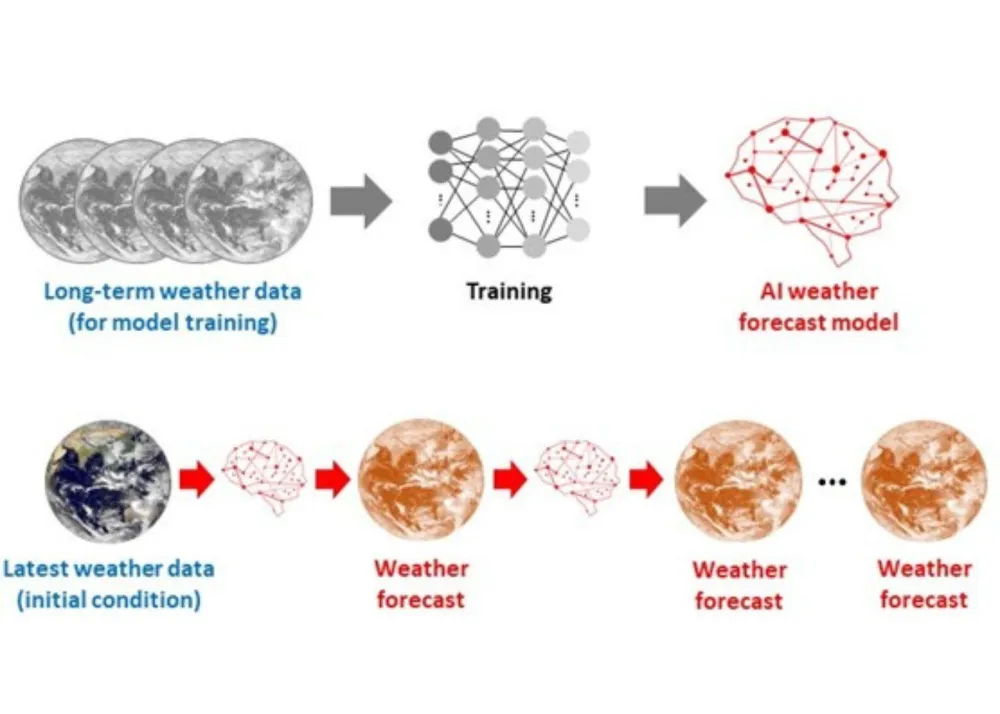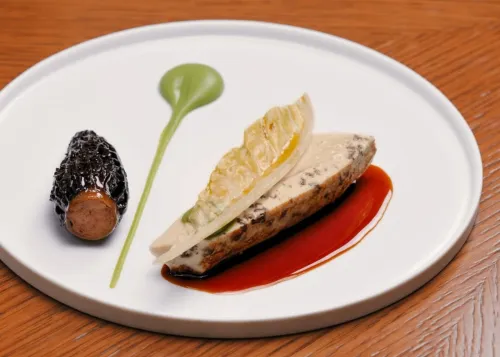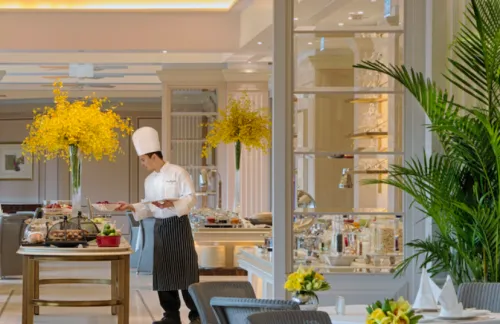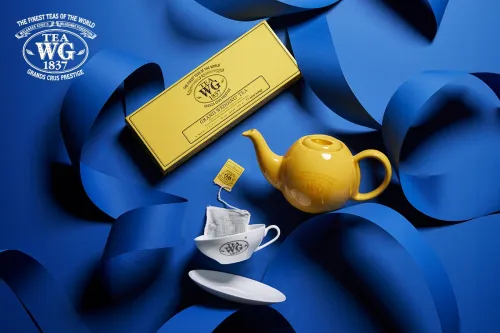Jacqueline Chak’s Circular Design Vision for a More Thoughtful World

TEDxTinHauWomen 2025 returns to Hong Kong this November at WestK’s Xiqu Centre with a powerful theme: Reframe — a call to amplify voices that challenge norms and inspire change. This year’s lineup brings together innovators, advocates, and creators reshaping how we think about leadership, sustainability, and community.
One of those voices is Jacqueline Chak, Co-founder of sustainable lifestyle brand reEDIT and design studio EDITECTURE, whose talk centers on a bold idea: “Giving objects an ‘afterlife’ is an act of rebellion against a disposable world.”
The Beat Asia had the opportunity to talk to Jacqueline to explore her vision for circular design, the challenges of Hong Kong’s "culture of convenience," the emotional weight of giving objects an “afterlife,” and her hopes for a more thoughtful world.

Jacqueline’s journey began in architecture school, where a project designing a recycling paper factory sparked a fascination with materiality.
“The way I was trained to look at material and structure influences the way I explore and develop our own materiality study and research,” she says.
After honing her craft at Foster + Partners in London and Bow-Wow Atelier in Japan, Jacqueline returned to Hong Kong to launch EDITECTURE and later reEDIT. Today, her work spans architecture, fashion, and art — all connected by a single mission: to transform waste into design legacies, not landfill.

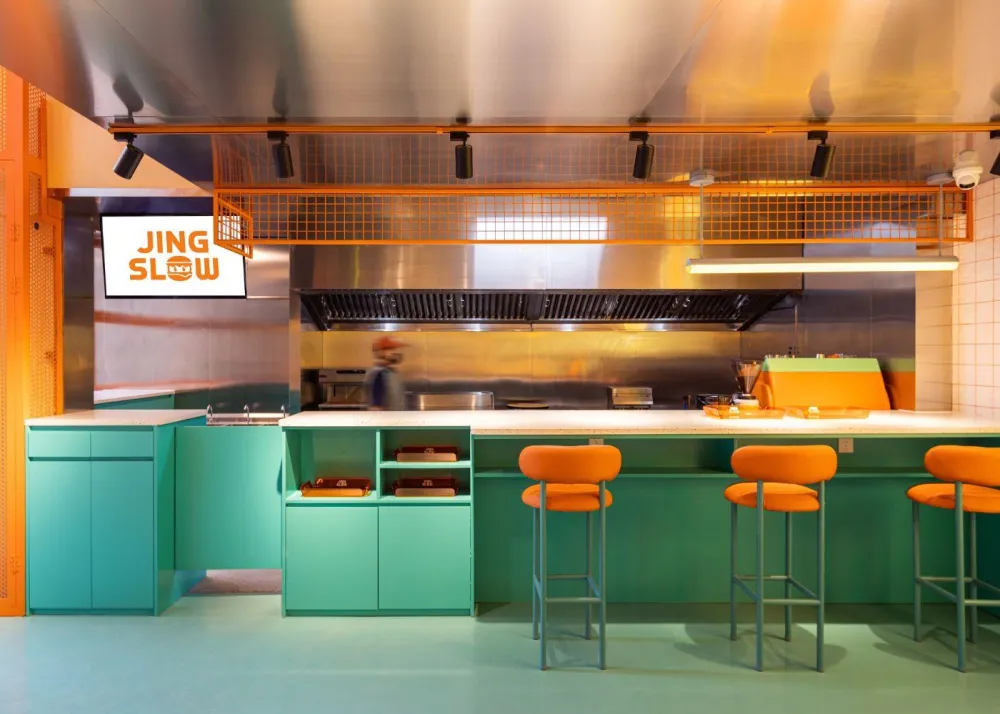
Her commitment to sustainability extends far beyond design studios. At reEDIT, Jacqueline is preparing to launch HOMEDIT, a transformable mobile home that will be gifted to Hong Kong’s homeless community this Christmas. “We are proud to be gifting these units to the homeless community this Christmas, embodying our core belief that design's greatest value is in serving human needs.”
Meanwhile, Edit Academy is planting seeds of change early, teaching children to see resources as transformable. And then there’s TIDE, her new charity foundation, which will channel efforts into expanding this work globally. More than side projects, they’re proof that sustainability, for Jacqueline, is as much about people as it is about materials.
Her ideas are bold, but they’re grounded in practical action — from HOMEDIT mobile homes for the homeless to Edit Academy programs shaping the next generation. In our conversation, Jacqueline shared more about her philosophy, her process, and why reframing isn’t just for design — it’s a life lens. Here’s what she told us.
What inspired reEDIT, and how does it reflect your philosophy of reframing design?

We first started with sustainable solutions for our interior and architectural work such as using upcycled material for our construction projects. And then we started creating our own upcycled materials for a client.
Then, we looked into solutions on how we can pre-design and post-design to provide options and designs to make our [builds last] even longer and have more than one life. [Our aim was] to be the bridge and connector between our commercial client and the community so that projects can have more than one use and one life.
Does your training in architecture influence how you approach materiality and structure?
When I was in architecture school, I designed a recycling paper factory to use recycled paper to create design, but I did not actually look at any solutions for upcycling plastic. However, the way I was trained to look at material and structure does influence the way I explore and develop our own materiality study and research, and also the study of engineering and architectural structure.
What’s the most unexpected material or object you’ve ever worked with— and what was the result like?
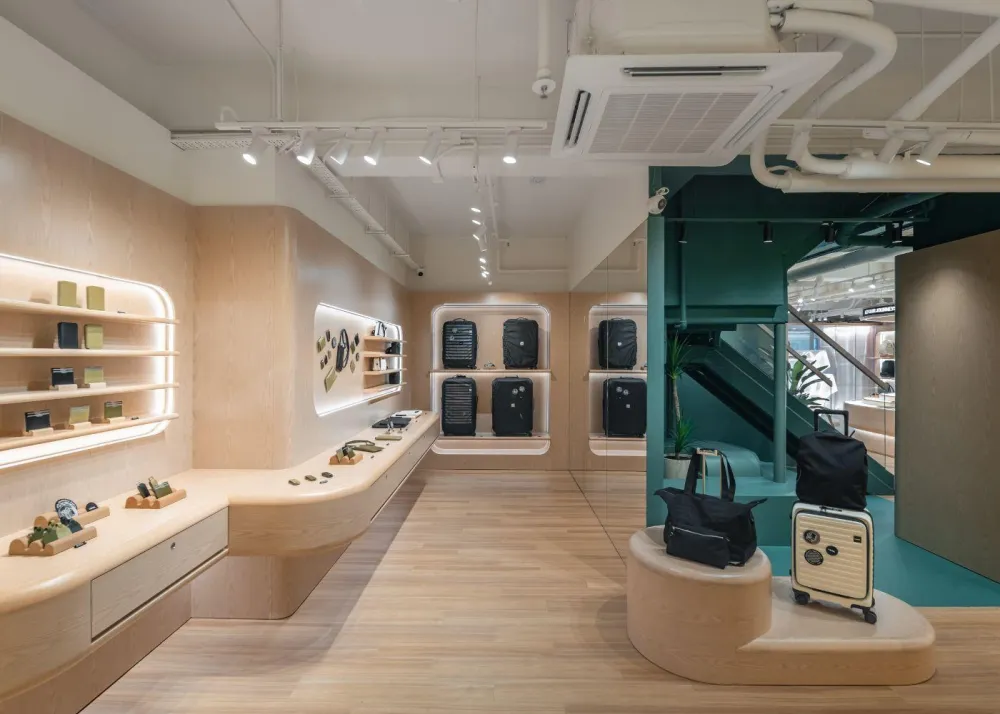
The reason I love recycled and upcycled material is that every single piece of product is unique — not one single piece of upcycled plastic is the same, so it is a surprise every time we explore a new product or material. One of the examples of working with upcycled glass for our upcycled horse display is incredible.
Upcycled metal is also very surprising and unexpected. The mix is different every single time and that’s what so special about the outcome.
Your work spans architecture, fashion, and art. What connects these disciplines when it comes to sustainability?
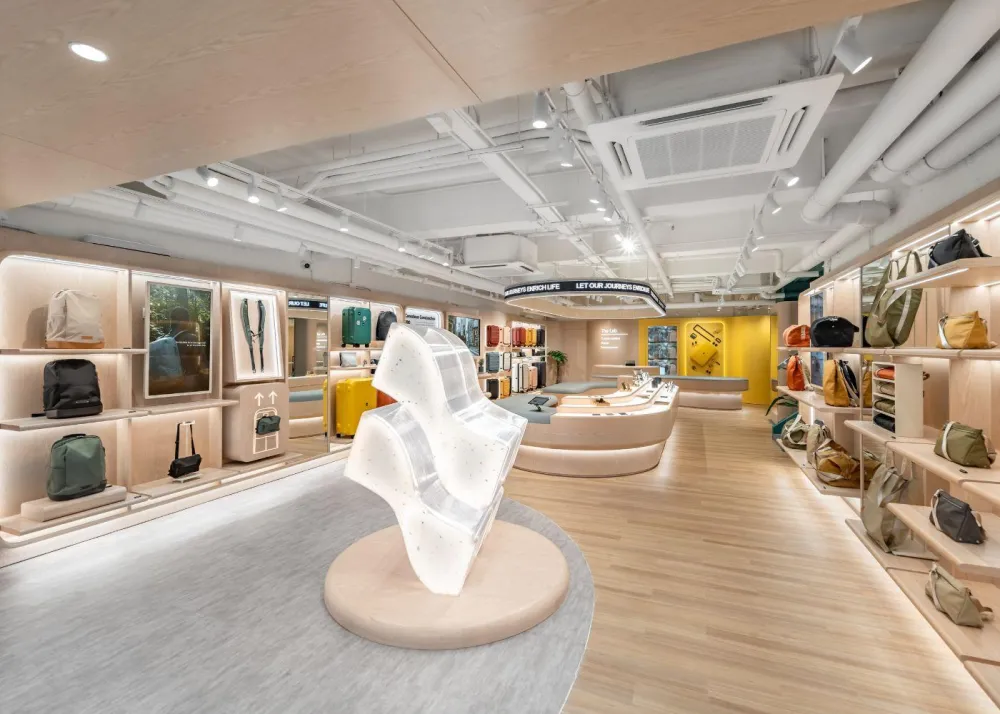
What connects them is a shared material reality and a common goal: to transform our relationship with physical stuff.
In all three, we make choices about what we extract, how we assemble it, and where it ends up. The connection is seeing waste as a design flaw and regarding every material as a nutrient for the next cycle. Whether a building, a garment, or a sculpture or a product, the sustainable approach asks: Can it be disassembled? Can it be repurposed? It’s about creating legacies, not landfill, across every scale of human creation.
What does “reframing” mean to you beyond design—does it apply to how you live, lead, or even fail?
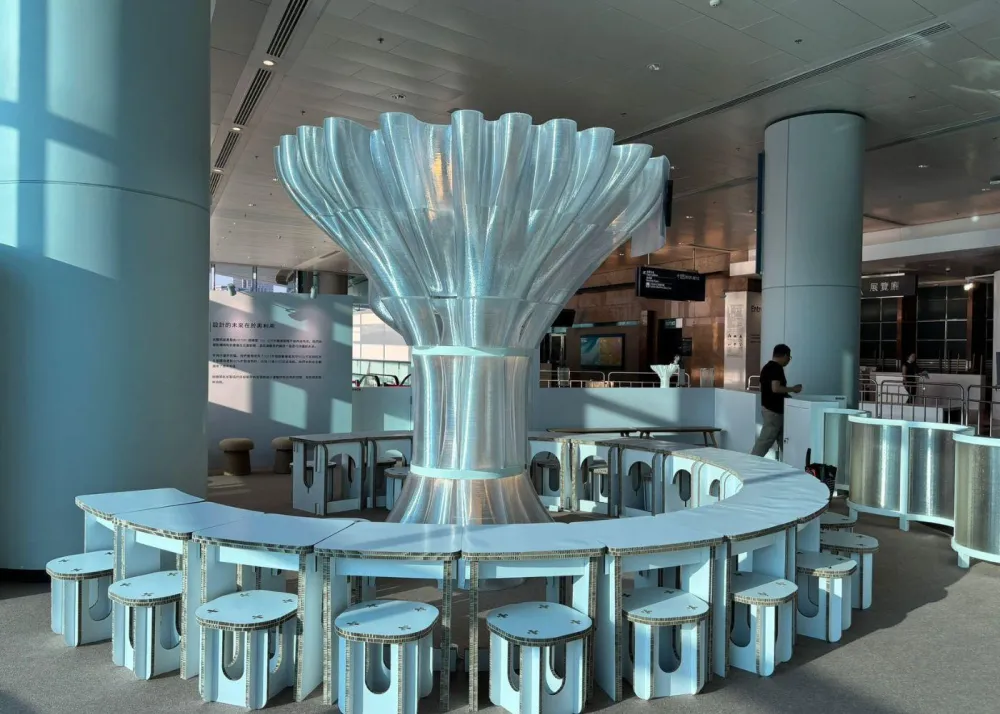
Absolutely. To me, reframing is a fundamental life lens. It’s not just redesigning objects but re-authoring my perspective.
In leadership, it means viewing team disagreements not as conflict, but as a diversity of thought essential for innovation. When I fail, reframing allows me to see it not as a definitive end, but as an integral part of the iteration process that ultimately leads to a more resilient solution. It transforms every experience into material for growth. It is exactly what reEDIT is about. Making things and designs that last.
Do you see Hong Kong as fertile ground for sustainable design — or are there unique challenges?
Hong Kong is a dynamic hub for sustainable design, fueled by a vibrant community of innovators and growing environmental awareness.
The city hosts global initiatives like the Redress Design Award and is strengthening its policy framework with plastic bans and sustainability reporting.
However, our high-density urban environment presents distinct challenges. The lack of spacious workshops and high operating costs demand ultra-efficient, compact design processes.
More importantly, Hong Kong’s culture of convenience and disposability pushes us to create designs that are not just sustainable, but also deeply desirable and convenient, proving that an eco-conscious lifestyle can be seamless and stylish. This unique context forces us to innovate smarter, making sustainability accessible for all.
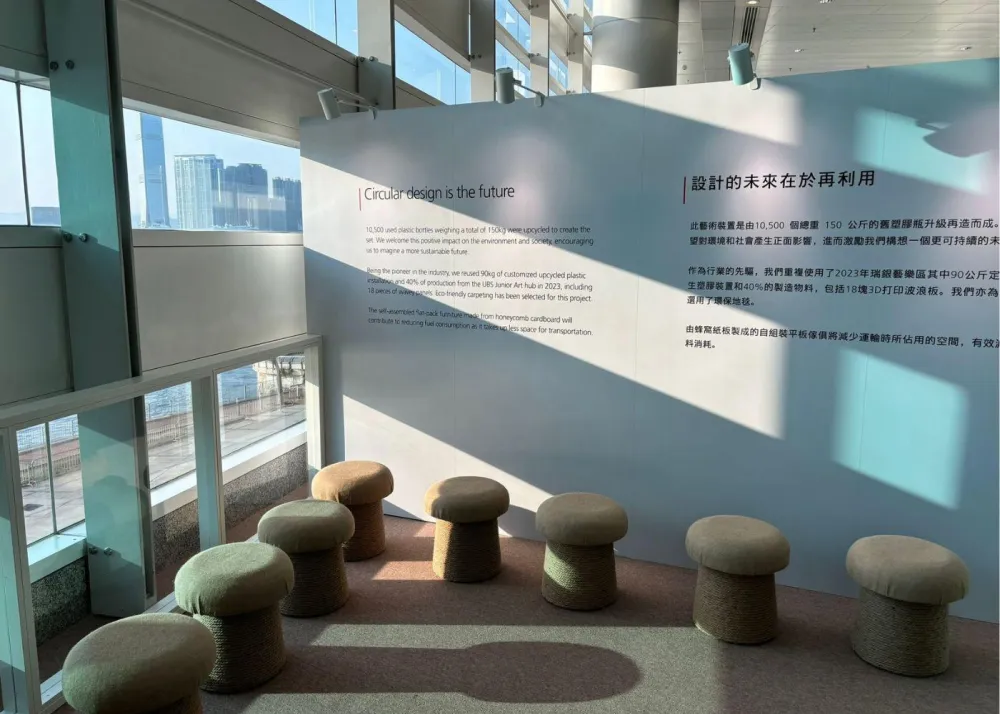
What do you hope audiences take away from your TEDx talk — especially those who don’t consider themselves “design people”?
I hope they leave seeing the world differently.
You don't need to be a "design person" to be a co-author in our world's story. I want them to look at a discarded object and not see trash, but a potential new chapter. It’s a mindset shift from passive consumer to active creator.
My core message is that sustainability isn't about sacrifice; it's about creativity and respect. Every choice to reimage, repair, repurpose, or demand better is a vote for a more thoughtful world. I want to empower them with the simple idea that they hold the power to grant things an afterlife, starting with the objects in their own home.
This interview has been edited for length and clarity.
Want to hear more? Get your ticket for TEDxTinHauWomen 2025 this November at Xiqu Centre via CityLine and catch Jacqueline Chak live. Her talk will challenge how you see waste — and inspire you to reframe design as a tool for creativity and respect.
For more information about Jacqueline Chak’s work, follow her on Linkedin and Instagram, while you can also explore her projects through the Instagram accounts linked in her profile. Visit TEDxTinHauWomen's website for more information about the event this year.
Get the latest curated content with The Beat Asia's newsletters. Sign up now for a weekly dose of the best stories, events, and deals delivered straight to your inbox. Don't miss out! Click here to subscribe.


